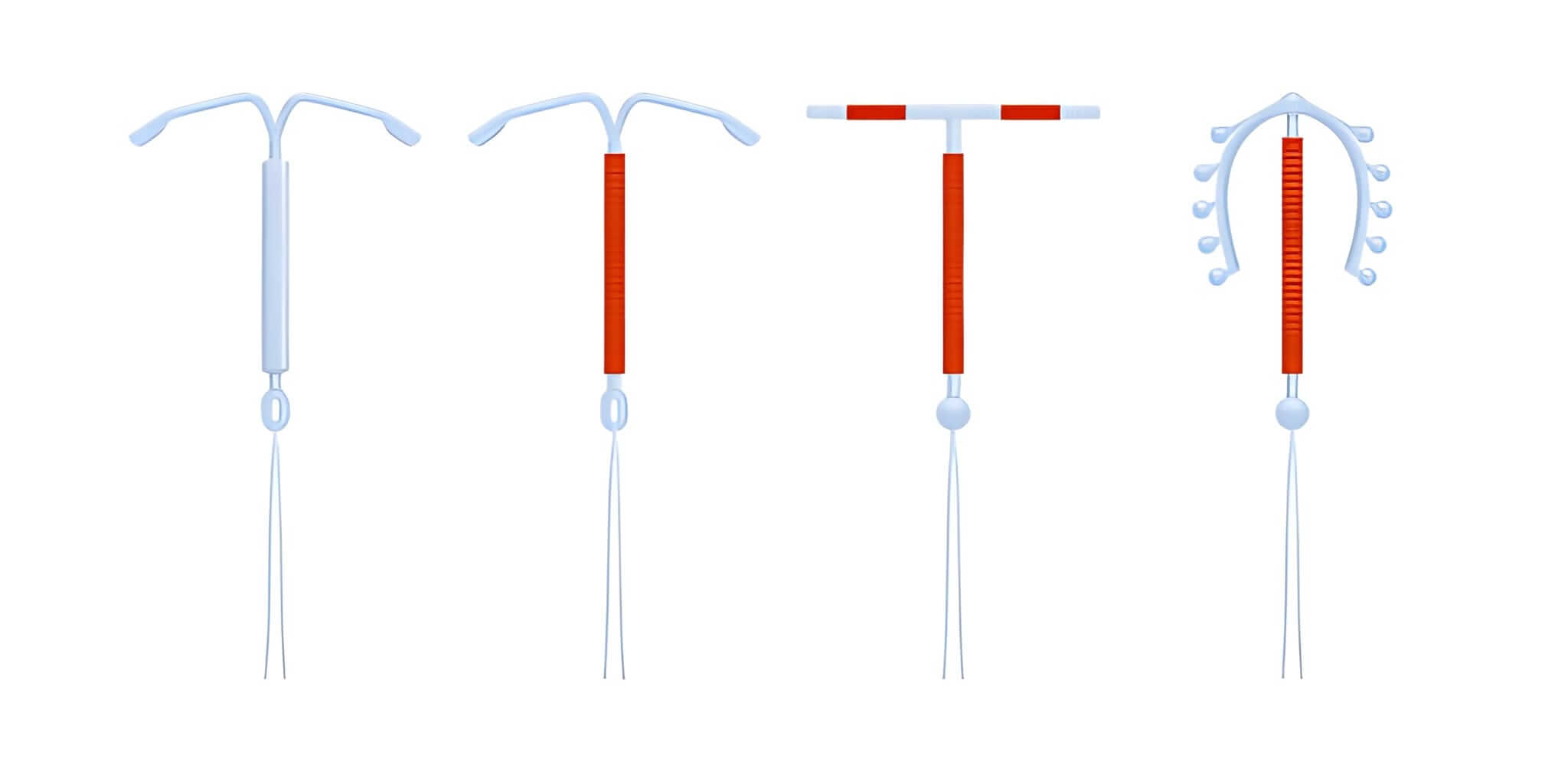If you’ve recently had a Mirena IUD placed—or are planning to get one soon—you’ve probably been told to wait two weeks before having sex or using tampons. Many patients wonder why this waiting period is so important. As a family nurse practitioner who’s performed hundreds of IUD placements, I often get this question in my Hartford practice. Let’s unpack the science, safety reasons, and practical tips behind the two-week rule after Mirena insertion.
What Happens During IUD Placement
An IUD (intrauterine device) is a small, flexible, T-shaped device placed inside your uterus to prevent pregnancy. The Mirena IUD releases a small amount of the hormone levonorgestrel, which thickens cervical mucus, thins the uterine lining, and prevents sperm from reaching an egg.
Where Is an IUD Placed?
During the procedure, the IUD is inserted through your cervix into your uterus using a thin, sterile applicator. The device’s arms open to sit securely in place, and two small strings hang down into your vagina. These strings let you (and your healthcare provider) check placement later.
The procedure itself usually takes less than five minutes, though the entire IUD appointment may last about 20–30 minutes to include counseling, exam, and aftercare instructions.
The First 14 Days: What’s Happening Inside Your Body
After IUD placement, your uterus and cervix go through a brief recovery process. The insertion can cause minor inflammation, cramping, or light bleeding. During these first couple of weeks, your body is adapting to the device and healing from the insertion process.
Here’s what’s happening during this period:
-
The cervix, which was gently dilated for insertion, needs time to close and recover.
-
Your uterus adjusts to the presence of the IUD.
-
The hormonal IUD begins releasing levonorgestrel to start working effectively.
This is why post-IUD insertion care—especially avoiding certain activities like intercourse too soon—is essential.
Why Wait 2 Weeks After an IUD Mirena Insertion?
The two-week waiting period isn’t random—it’s rooted in medical safety and comfort. Here’s why it matters:
-
To Reduce Infection Risk
After insertion, the cervix remains slightly open for a short time. Having sex, using tampons, or inserting anything vaginally too soon can introduce bacteria, increasing the risk of pelvic infection. Waiting two weeks allows your cervix to close and your uterus to recover. -
To Prevent Discomfort or Cramping
Intercourse after IUD insertion can sometimes cause cramping or discomfort, especially in the first few days. Giving your body time to heal makes sex afterward more comfortable and safe. -
To Ensure Proper IUD Placement
During the first couple of weeks, your uterus adjusts to the new device. Early intercourse or tampon use could theoretically shift or dislodge the IUD before it’s fully settled. -
To Allow Time for Contraceptive Effectiveness
If Mirena is placed outside the first 7 days of your period, you’ll need backup contraception (like condoms) for the first 7 days. Waiting 2 weeks ensures full hormonal effectiveness and protection against pregnancy.
How Long After Getting an IUD Can You Have Sex?
Most healthcare providers recommend waiting at least 7–14 days after Mirena insertion before having intercourse. For copper IUDs, the protection is immediate if inserted within 5 days of ovulation—but the same 2-week wait is suggested for comfort and infection prevention.
So, whether you’re asking “how long after IUD can I have intercourse” or “how soon can you have sex after getting an IUD,” the safest answer is: wait two weeks.
Sex After Mirena IUD Placement: What to Expect
Once the two-week mark passes, most patients can resume sexual activity comfortably. However, it’s normal to notice mild spotting or light cramping afterward—your body is still adapting.
Here are a few tips for a smoother experience:
-
Check your IUD strings before and after sex (if your provider recommends).
-
Use lubrication if you experience dryness.
-
If you feel sharp pain or persistent cramping, stop and contact your provider.
IUD and Bleeding After Insertion
Some spotting or brown discharge after IUD placement is perfectly normal. You may experience:
-
Light bleeding for a few days after insertion
-
Intermittent spotting for up to a few weeks
-
Brown discharge, as old blood clears from the uterus
How Long Do You Bleed After an IUD Insertion?
Most patients experience spotting for 1–2 weeks, though some may have irregular bleeding for up to a month as the body adjusts to hormonal changes. If bleeding is heavy or lasts longer than 4–6 weeks, contact your healthcare provider.
Best Time in Cycle for IUD Insertion
The ideal time to get an IUD placed is during or right after your menstrual period. At that point, your cervix is slightly softer and naturally more open, making the insertion easier and less painful. It also ensures you’re not pregnant.
Post IUD Insertion Care: Self-Care Tips
After your IUD is placed, take it easy for the rest of the day. Here’s what I recommend to my patients for IUD after insertion care:
-
Take ibuprofen or acetaminophen to ease cramping.
-
Use a heating pad on your lower abdomen.
-
Avoid tampons, menstrual cups, or sex for 2 weeks.
-
Monitor for heavy bleeding, fever, or unusual discharge.
-
Schedule a follow-up visit in 4–6 weeks to confirm placement.
These steps help prevent complications and support a comfortable recovery.
IUD Sex Afterward: When It’s Safe and Comfortable
After the two-week mark, most people can safely resume sexual activity. The IUD sits inside your uterus, so your partner shouldn’t feel it during intercourse. Occasionally, the strings may feel noticeable at first but soften over time.
If you ever experience discomfort during sex after Mirena insertion, consult your provider to ensure proper placement.
Why Wait 2 Weeks After IUD Copper vs. Mirena
Both Mirena (hormonal) and Paragard (copper) IUDs involve a waiting period for similar reasons—healing, infection prevention, and ensuring stability of placement. The key difference is in how quickly they start working:
-
Copper IUD (Paragard): Works immediately if placed during ovulation or within 5 days of unprotected sex.
-
Mirena IUD: Takes up to 7 days for full hormonal protection, depending on your cycle timing.
Still, the 2-week wait rule applies to both for overall uterine recovery and comfort.
How Long Do You Spot After Getting an IUD?
Spotting after Mirena can last a few days to several weeks. Over time, periods often become lighter—or may stop completely. Brown discharge is just older blood leaving your uterus and is common during the adjustment phase.
When to Call Your Provider
Contact your provider if you experience:
-
Severe or persistent cramping beyond a few days
-
Heavy bleeding (soaking a pad every hour)
-
Fever, chills, or unusual discharge
-
Strings that feel much longer or shorter than before
-
Pain during sex that doesn’t resolve
These may indicate infection or IUD displacement.
Final Thoughts from Meghan Killilea Galli, APRN, FNP-BC
Waiting two weeks after Mirena IUD insertion isn’t just a precaution—it’s a vital step for healing, infection prevention, and proper device placement. By giving your body this short recovery window, you’ll set yourself up for long-term comfort and reliable protection.
If you’re in Hartford, Connecticut, and considering an IUD, schedule a consultation with a qualified women’s health provider. They’ll guide you through every step—from IUD insertion aftercare to when it’s safe to resume your regular routine.
Disclaimer: This is informational content, not a substitute for professional medical advice.

Meghan Killilea Galli, APRN, FNP-BC, is a board-certified Family Nurse Practitioner based in Connecticut with over 5 years of clinical experience in urology, women’s pelvic health, and primary care. She currently practices with Hartford HealthCare and Griffin Faculty Practice Plan, where she provides evidence-based, patient-centered care. Meghan founded Health Gardeners to make reliable health information accessible for Hartford residents and beyond. Read More ![]()

